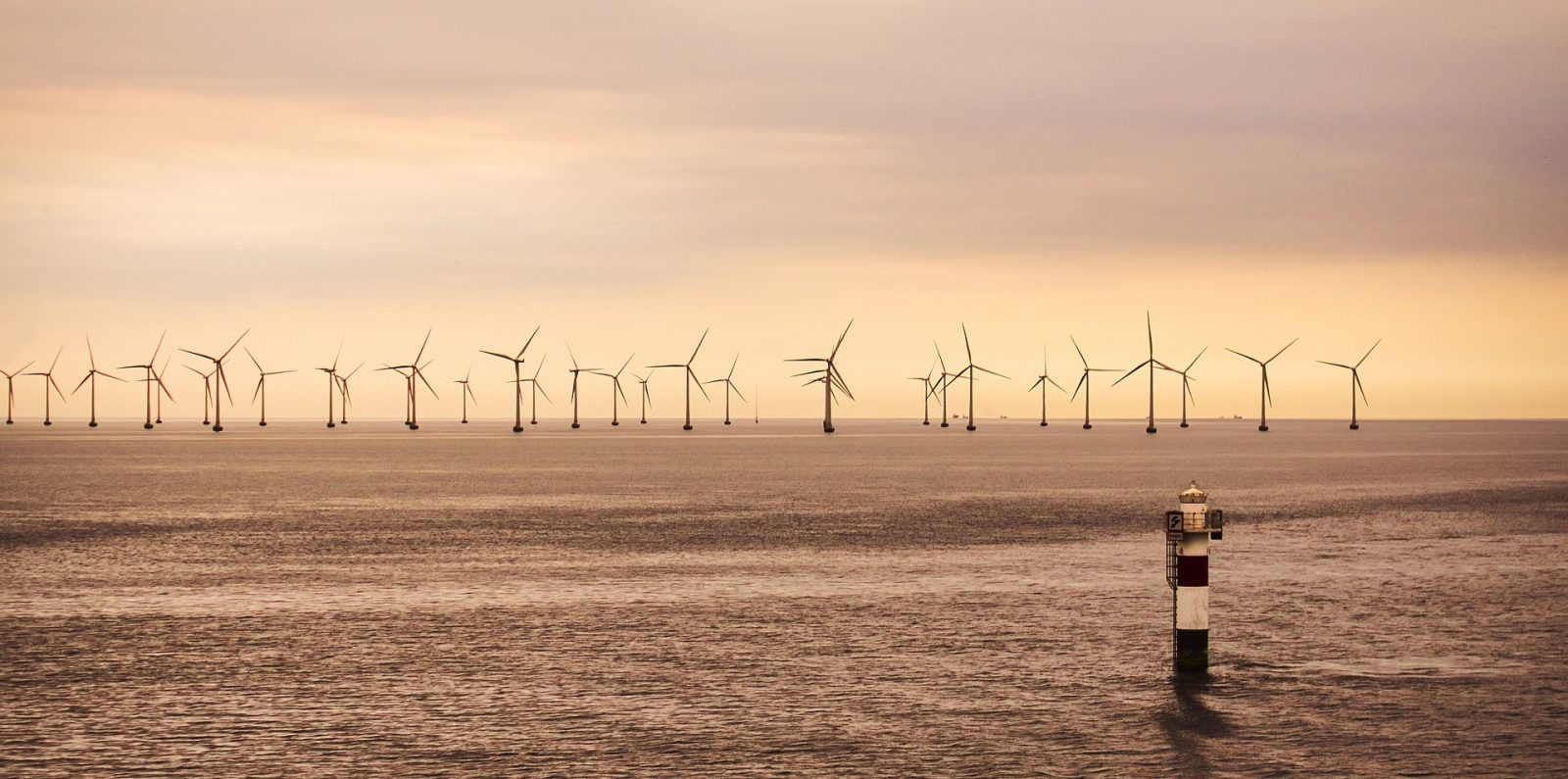
In today’s Electrek Green Energy Brief (EGEB):
- US offshore wind workers will complete VR training at Maryland’s Maritime Institute of Technology and Graduate Studies.
- The Oil and Gas Climate Initiative releases its 2020 Progress Report. Does it make any difference?
- UnderstandSolar is a free service that links you to top-rated solar installers in your region for personalized solar estimates. Tesla now offers price matching, so it’s important to shop for the best quotes. Click here to learn more and get your quotes. — *ad.
Offshore wind VR training
Ørsted is partnering with Maryland’s Maritime Institute of Technology and Graduate Studies (MITAGS) to provide a new virtual reality (VR) offshore wind energy training program starting next year.
Ørsted is one of two developers working to bring a 120-megawatt wind farm online by 2023 off the Ocean City, Maryland, coastline. It will feature up to 12 wind turbines.
Offshore wind students will navigate through a simulation of Ørsted’s Ocean Wind and Revolution Wind projects that are being built off the New Jersey and Rhode Island coasts using virtual reality.
Ørsted and MITAGS are using VR because the US currently only has Block Island in Rhode Island online, so students would have to travel to Europe. Ørsted provided MITAGS with a grant and project specifications to develop the model used in the simulator, according to the Baltimore Business Journal.
Anyone who works in either building or maintaining wind turbines will be required to complete the new course. The Atlantic Coast offshore wind project pipeline is expected to support up to 86,000 jobs, according to the US Department of Energy.
Oil and gas and climate change
The Oil and Gas Climate Initiative (OGCI) — yes, you read that right — is “a voluntary CEO-led initiative that aims to accelerate the industry response to climate change.” It represents around 30% of global oil and gas production, with 62 participating companies. The report claims to have driven change across four areas:
- Methane emission reduction. OGCI member companies cut their collective absolute methane emissions by 22% since 2017. The program’s goal is to reduce the oil and gas industry’s methane emissions by 45% by 2025, and by 60% to 75% by 2030.
- CO2 emission reduction. The aggregate carbon intensity level of its 12 OGCI member companies has reached 21.1kg CO2e/boe — a reduction of 7% over two years. (ExxonMobil is a member company. It forecast that annual emissions from its operations would increase from 122 million metric tons in 2017 to 143 million metric tons in 2025. No, we don’t know how that works, either.)
- Decarbonizing transport. In 2020, OGCI worked with partners in aviation and shipping to explore the feasibility of low carbon fuels and mobile carbon capture.
- Activating CCUS. In 2020, OGCI has launched two new carbon capture utilization and storage hubs and helped to make progress on four others that are on course to be operational by 2025.
Electrek’s Take: It’s really hard to not be cynical about this group. Just the name, “Oil and Gas Climate Initiative,” seems ridiculous. Exxon isn’t even trying, and the only true way to reduce emissions and address the climate crisis is to switch to green energy. Methane reduction is great, but those targets need to be stronger. Further, “exploring feasibility” in decarbonizing transport comes across as completely inert.
However, the UN Environment Program is a bit more optimistic. It feels that collaborative programs are positive, as the fossil fuel industry can be fragmented. It wants “everyone on board.” In other words, it’s easier to keep an eye on them if they’re together in a group. Fair enough. But this is only 30% of the oil and gas industry.
The Environmental Defense Fund’s president, Fred Krupp, said of the initiative:
Thanks to the 62 companies for committing to measure, report, and reduce pollution from their core operations and joint ventures. This will be the basis for robust standards in Europe, and beyond, that ensure the oil industry takes the practical actions urgently needed for our climate.
So it’s better than nothing. Just five years ago, this would have been unimaginable.
FTC: We use income earning auto affiliate links. More.






Comments